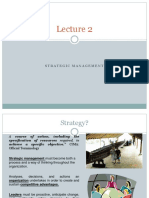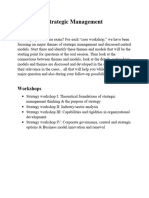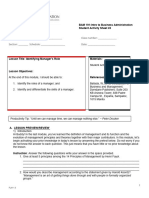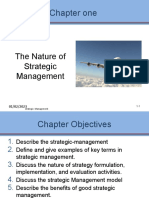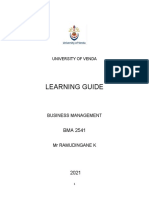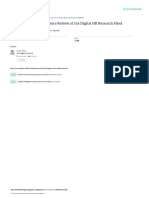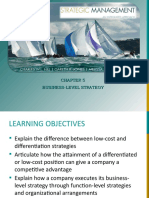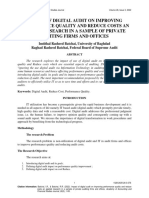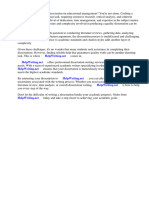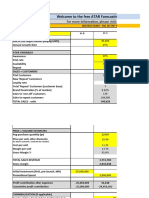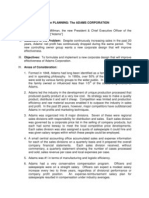0% found this document useful (0 votes)
16 views13 pagesTranscriptlesson 02
This document outlines Lesson 2 of a Strategic Management module, focusing on various approaches to strategy development, including planned, emergent, and incremental strategies. It also discusses three key strategic planning perspectives: resource-based, dynamic capabilities, and market-based views, as well as Mintzberg and Lampel’s Ten Schools of Strategy formulation. The lesson emphasizes the importance of understanding different strategic approaches to effectively navigate the complexities of organizational planning.
Uploaded by
wafaCopyright
© © All Rights Reserved
We take content rights seriously. If you suspect this is your content, claim it here.
Available Formats
Download as PDF, TXT or read online on Scribd
0% found this document useful (0 votes)
16 views13 pagesTranscriptlesson 02
This document outlines Lesson 2 of a Strategic Management module, focusing on various approaches to strategy development, including planned, emergent, and incremental strategies. It also discusses three key strategic planning perspectives: resource-based, dynamic capabilities, and market-based views, as well as Mintzberg and Lampel’s Ten Schools of Strategy formulation. The lesson emphasizes the importance of understanding different strategic approaches to effectively navigate the complexities of organizational planning.
Uploaded by
wafaCopyright
© © All Rights Reserved
We take content rights seriously. If you suspect this is your content, claim it here.
Available Formats
Download as PDF, TXT or read online on Scribd
/ 13




















